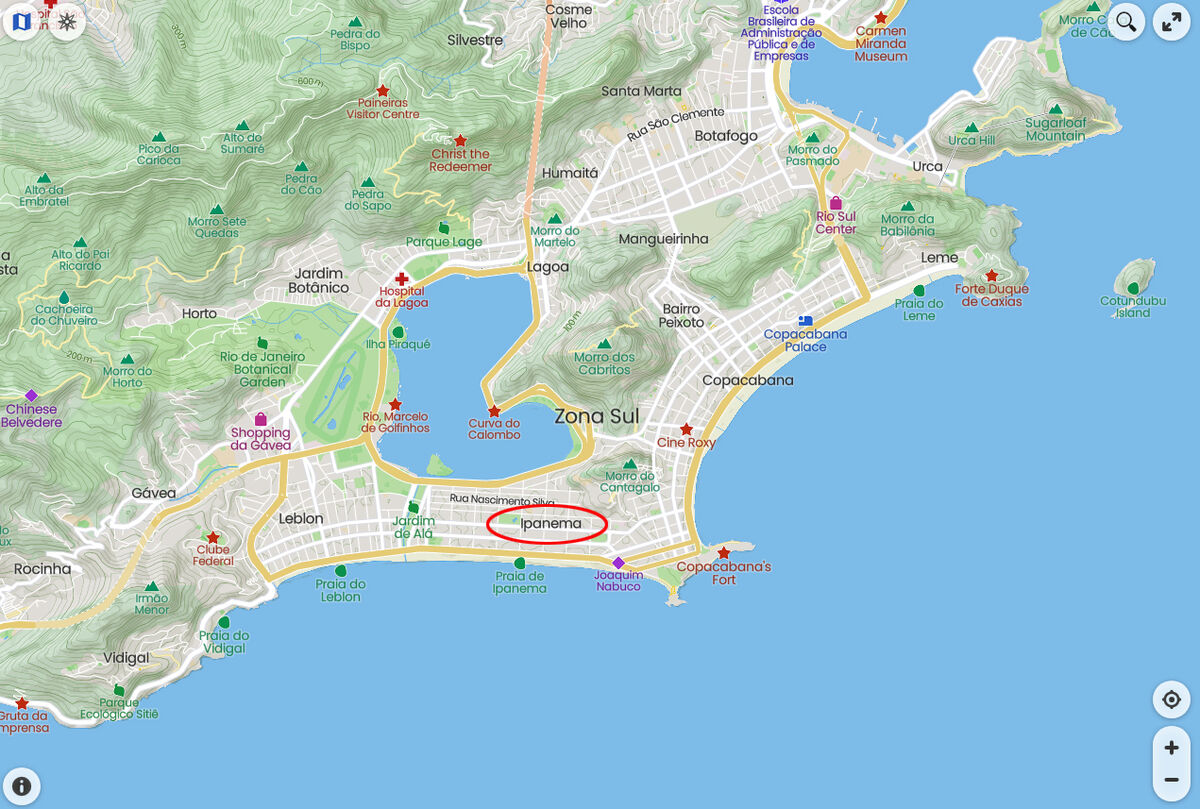South America: Rio De Jainero Brazil Part 13- Ipanema
Jul 6, 2022 15:02:59 #
After our morning excursion to Sugarloaf Mountain, we spent the rest of the day on our own exploring the Ipanema neighborhood and the world famous Ipanema beach.
Ipanema (Portuguese pronunciation: [ipaˈnẽmɐ]) is a neighbourhood located in the South Zone of the city of Rio de Janeiro, between Leblon and Arpoador. The beach at Ipanema became known internationally with the popularity of the bossa nova jazz song, "The Girl from Ipanema" ("Garota de Ipanema"), written by Antônio Carlos Jobim and Vinícius de Moraes.
The name Ipanema derives from the Tupi language words ipá (pond) and nem-a (stinking). Possible translations for its original meaning are "worthless water", "stinking lake", "turbid water", or "water worthless for human consumption". The historian Teodoro Sampaio translated Ipanema as "bad water".
The border area between Copacabana and Ipanema is known locally as "Copanema".
Ipanema today consists mostly of land that once belonged to José Antonio Moreira Filho, Baron of Ipanema. The name "Ipanema" did not refer originally to the beach, but to the homeland of the baron at São Paulo.
Ipanema is adjacent to Copacabana and Leblon beaches, but it is distinct from its neighbors. It is relatively easy to navigate because the streets are aligned in a grid. Ipanema's beach culture includes surfers and sun bathers who gather daily at the beach. Every Sunday, the roadway closest to the beach is closed to motor vehicles allowing local residents and tourists to ride bikes, roller skate, skateboard, and walk along the ocean. Ipanema is one of Rio's most expensive districts to live in; private investment has led to the building of world-class restaurants, shops, and cafés.
Ipanema has played a cultural role in Rio de Janeiro since the city's beginning, with its own universities, art galleries, and theaters. It holds a street parade, the Banda de Ipanema, during Carnival festivities separate from those of Rio de Janeiro, attracting up to 50,000 people to the streets of Ipanema.
The beach at Ipanema is known for its elegant development and its social life. Two mountains called the Dois Irmãos (Two Brothers) rise at the western end of the beach, which is divided into segments delineated by postos, or lifeguard towers. Beer is sold everywhere, along with the traditional cachaça. There are always circles of people playing football, volleyball, and footvolley, a locally invented sport that is a combination of volleyball and football.
In the winter the surf can reach three metres (nine feet). The water quality varies from clear light-blue water to a more murky green after heavy rains. Constant swells help keep the water clean, and the often treacherous beach break regularly forms surfable barrels. Just west of this colorful section, towards Leblon, Rio de Janeiro, is another popular stretch of sand known as Posto 10, referring to the #10 lifeguard station.
The beach is one of many areas that suffers from the city's poor waste treatment. In its waters, "fecal coliform bacteria sometimes spike at 16 times the Brazilian government's 'satisfactory' level." Large amounts of pollutants are still dumped into the sea through the nearby marine outfall pipe, a matter of increasing concern to ecologists.
Beachgoers often applaud the sunset in the summer. In 2008, the Travel Channel listed Ipanema Beach as the sexiest beach in the world.
Posto 9 is the section of the beach around the #9 lifeguard station, across from Joana Angelica Street. Its notoriety began around 1979 when Fernando Gabeira, now a federal deputy for the State of Rio de Janeiro, returned from political exile in France and was photographed there in a thong. He had been a member of the leftist urban guerilla group MR8, which kidnapped the American ambassador, Charles Burke Elbrick, in 1969 and demanded the release of fifteen political prisoners in exchange for his life.
Gabeira became a political celebrity with the publication of a memoir about his experiences as a guerilla and his years in exile. In 1979, he was photographed wearing a skimpy purple swimsuit at Ipanema, and gave an interview to a gay and lesbian newspaper, inciting rumors that he was gay, which he neither confirmed nor denied. His going to the beach at Posto 9 made it famous throughout the country.
Posto 9 inherited its status as a gathering spot for counter-cultural types from the area near Farme de Amoedo Street, next to the dunes called Dunas do Barato and a pier that was demolished in the 1970s. It has a long history of public cannabis smoking (illegal in Brazil), police raids, and gatherings of left-wing intellectuals. It is still popular with students, artists, actors, and liberal-minded people.
A group of hippies started a Sunday market in Ipanema in 1968 and the traditional fair continues with over 700 stalls set up at the Feira Hippie de Ipanema (Ipanema Hippie Market).
Ipanema gained fame with the rise of the popular bossa nova sound, when residents Antônio Carlos Jobim and Vinicius de Moraes created their ode to the neighbourhood, "The Girl from Ipanema." The song was written in 1962, with music by Jobim and Portuguese lyrics by de Moraes; English lyrics were written later by Norman Gimbel.
For more images of Rio as well as narratives, please see my previous posts.
https://www.uglyhedgehog.com/t-741364-1.html#13198577
https://www.uglyhedgehog.com/t-741566-1.html#13202610
https://www.uglyhedgehog.com/t-741902-1.html
https://www.uglyhedgehog.com/t-742109-1.html
https://www.uglyhedgehog.com/t-742320-1.html#13218329
https://www.uglyhedgehog.com/t-742640-1.html
https://www.uglyhedgehog.com/t-742866-1.html
https://www.uglyhedgehog.com/t-743066-1.html#13234066
https://www.uglyhedgehog.com/t-743390-1.html
https://www.uglyhedgehog.com/t-743634-1.html#13245955
https://www.uglyhedgehog.com/t-743839-1.html#13251145
https://www.uglyhedgehog.com/t-744232-1.html
I hope you enjoy them.
Mark
Ipanema (Portuguese pronunciation: [ipaˈnẽmɐ]) is a neighbourhood located in the South Zone of the city of Rio de Janeiro, between Leblon and Arpoador. The beach at Ipanema became known internationally with the popularity of the bossa nova jazz song, "The Girl from Ipanema" ("Garota de Ipanema"), written by Antônio Carlos Jobim and Vinícius de Moraes.
The name Ipanema derives from the Tupi language words ipá (pond) and nem-a (stinking). Possible translations for its original meaning are "worthless water", "stinking lake", "turbid water", or "water worthless for human consumption". The historian Teodoro Sampaio translated Ipanema as "bad water".
The border area between Copacabana and Ipanema is known locally as "Copanema".
Ipanema today consists mostly of land that once belonged to José Antonio Moreira Filho, Baron of Ipanema. The name "Ipanema" did not refer originally to the beach, but to the homeland of the baron at São Paulo.
Ipanema is adjacent to Copacabana and Leblon beaches, but it is distinct from its neighbors. It is relatively easy to navigate because the streets are aligned in a grid. Ipanema's beach culture includes surfers and sun bathers who gather daily at the beach. Every Sunday, the roadway closest to the beach is closed to motor vehicles allowing local residents and tourists to ride bikes, roller skate, skateboard, and walk along the ocean. Ipanema is one of Rio's most expensive districts to live in; private investment has led to the building of world-class restaurants, shops, and cafés.
Ipanema has played a cultural role in Rio de Janeiro since the city's beginning, with its own universities, art galleries, and theaters. It holds a street parade, the Banda de Ipanema, during Carnival festivities separate from those of Rio de Janeiro, attracting up to 50,000 people to the streets of Ipanema.
The beach at Ipanema is known for its elegant development and its social life. Two mountains called the Dois Irmãos (Two Brothers) rise at the western end of the beach, which is divided into segments delineated by postos, or lifeguard towers. Beer is sold everywhere, along with the traditional cachaça. There are always circles of people playing football, volleyball, and footvolley, a locally invented sport that is a combination of volleyball and football.
In the winter the surf can reach three metres (nine feet). The water quality varies from clear light-blue water to a more murky green after heavy rains. Constant swells help keep the water clean, and the often treacherous beach break regularly forms surfable barrels. Just west of this colorful section, towards Leblon, Rio de Janeiro, is another popular stretch of sand known as Posto 10, referring to the #10 lifeguard station.
The beach is one of many areas that suffers from the city's poor waste treatment. In its waters, "fecal coliform bacteria sometimes spike at 16 times the Brazilian government's 'satisfactory' level." Large amounts of pollutants are still dumped into the sea through the nearby marine outfall pipe, a matter of increasing concern to ecologists.
Beachgoers often applaud the sunset in the summer. In 2008, the Travel Channel listed Ipanema Beach as the sexiest beach in the world.
Posto 9 is the section of the beach around the #9 lifeguard station, across from Joana Angelica Street. Its notoriety began around 1979 when Fernando Gabeira, now a federal deputy for the State of Rio de Janeiro, returned from political exile in France and was photographed there in a thong. He had been a member of the leftist urban guerilla group MR8, which kidnapped the American ambassador, Charles Burke Elbrick, in 1969 and demanded the release of fifteen political prisoners in exchange for his life.
Gabeira became a political celebrity with the publication of a memoir about his experiences as a guerilla and his years in exile. In 1979, he was photographed wearing a skimpy purple swimsuit at Ipanema, and gave an interview to a gay and lesbian newspaper, inciting rumors that he was gay, which he neither confirmed nor denied. His going to the beach at Posto 9 made it famous throughout the country.
Posto 9 inherited its status as a gathering spot for counter-cultural types from the area near Farme de Amoedo Street, next to the dunes called Dunas do Barato and a pier that was demolished in the 1970s. It has a long history of public cannabis smoking (illegal in Brazil), police raids, and gatherings of left-wing intellectuals. It is still popular with students, artists, actors, and liberal-minded people.
A group of hippies started a Sunday market in Ipanema in 1968 and the traditional fair continues with over 700 stalls set up at the Feira Hippie de Ipanema (Ipanema Hippie Market).
Ipanema gained fame with the rise of the popular bossa nova sound, when residents Antônio Carlos Jobim and Vinicius de Moraes created their ode to the neighbourhood, "The Girl from Ipanema." The song was written in 1962, with music by Jobim and Portuguese lyrics by de Moraes; English lyrics were written later by Norman Gimbel.
For more images of Rio as well as narratives, please see my previous posts.
https://www.uglyhedgehog.com/t-741364-1.html#13198577
https://www.uglyhedgehog.com/t-741566-1.html#13202610
https://www.uglyhedgehog.com/t-741902-1.html
https://www.uglyhedgehog.com/t-742109-1.html
https://www.uglyhedgehog.com/t-742320-1.html#13218329
https://www.uglyhedgehog.com/t-742640-1.html
https://www.uglyhedgehog.com/t-742866-1.html
https://www.uglyhedgehog.com/t-743066-1.html#13234066
https://www.uglyhedgehog.com/t-743390-1.html
https://www.uglyhedgehog.com/t-743634-1.html#13245955
https://www.uglyhedgehog.com/t-743839-1.html#13251145
https://www.uglyhedgehog.com/t-744232-1.html
I hope you enjoy them.
Mark
My "Girl from Ipanema"
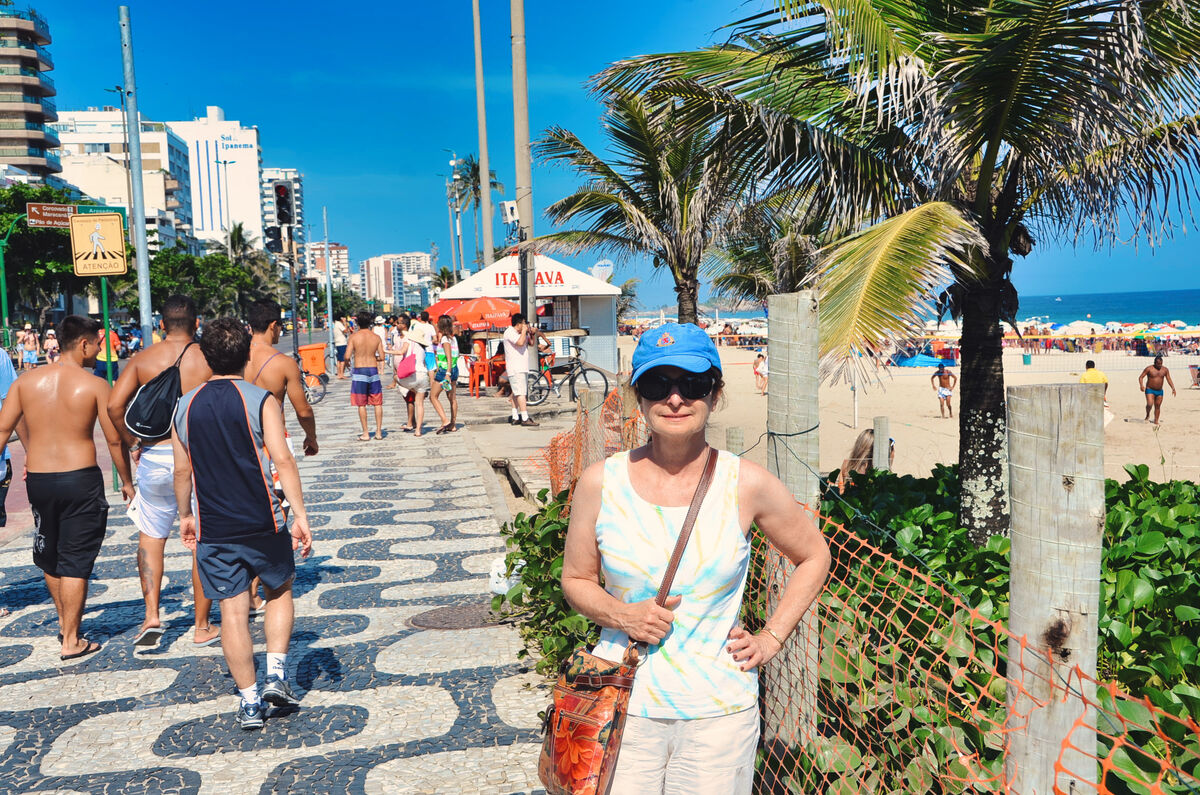
(Download)
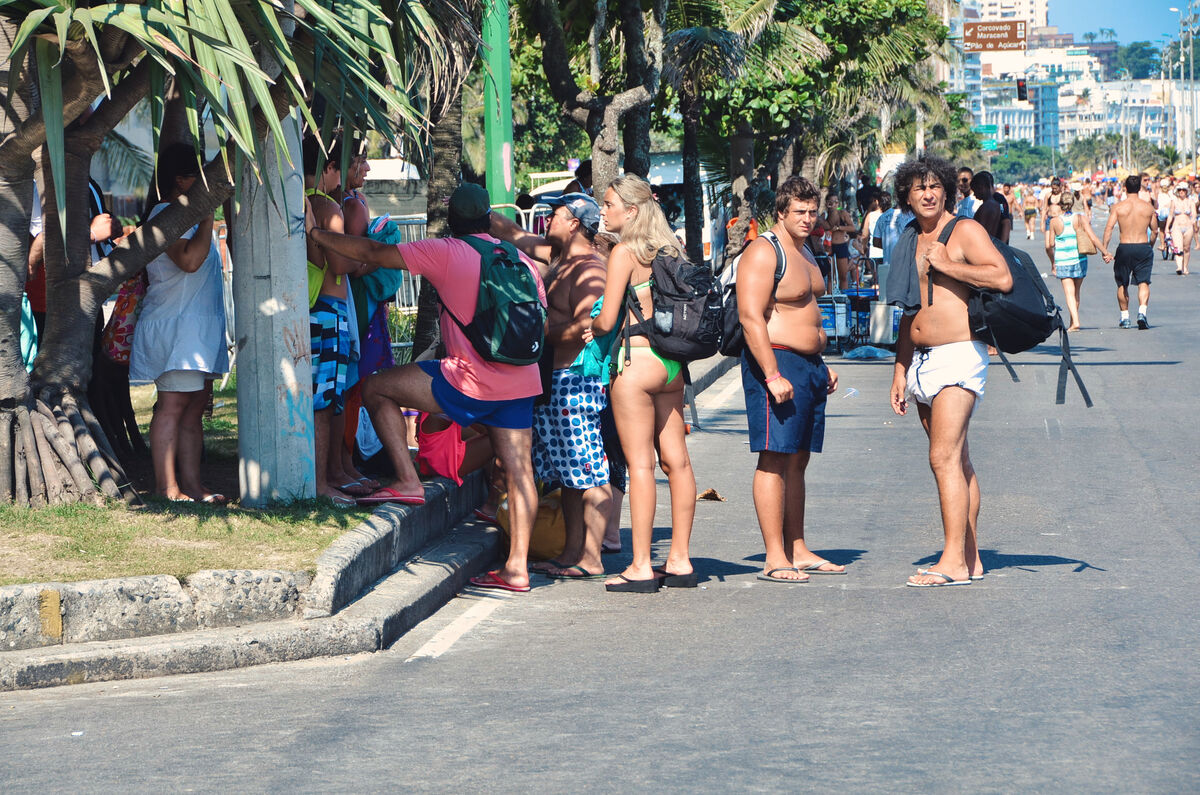
(Download)
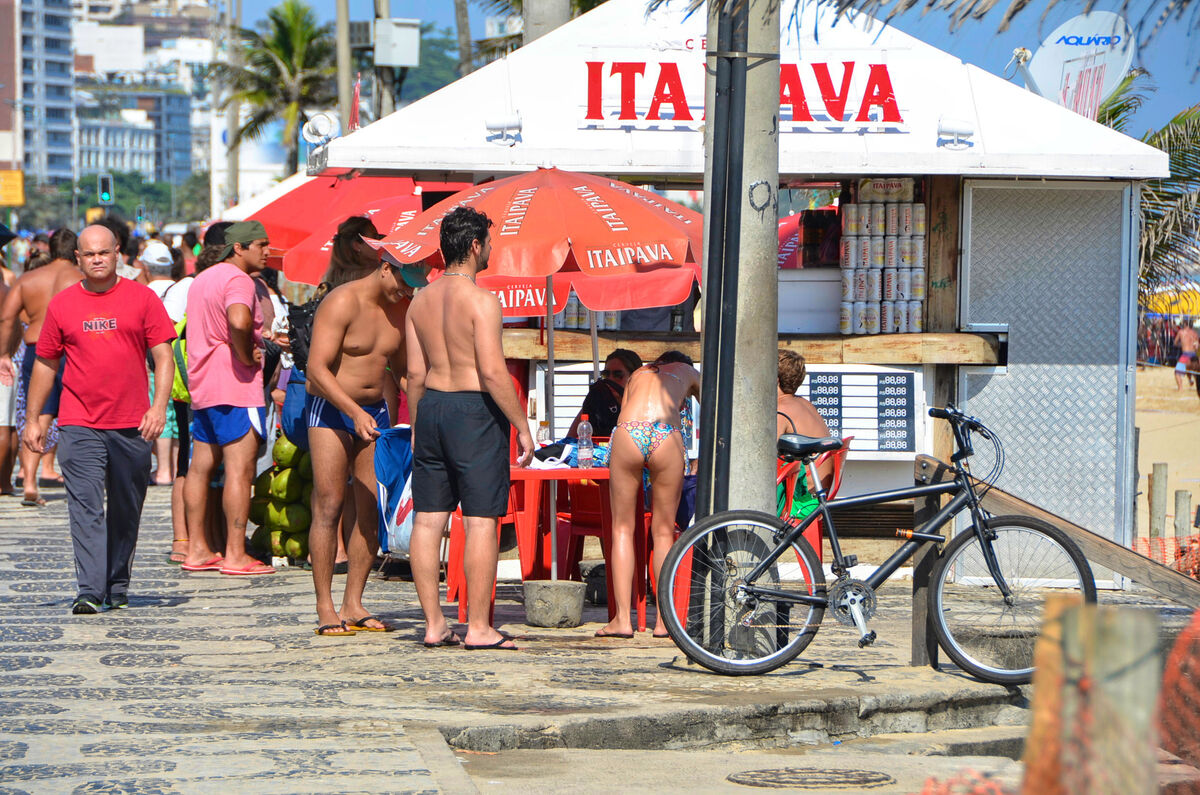
(Download)
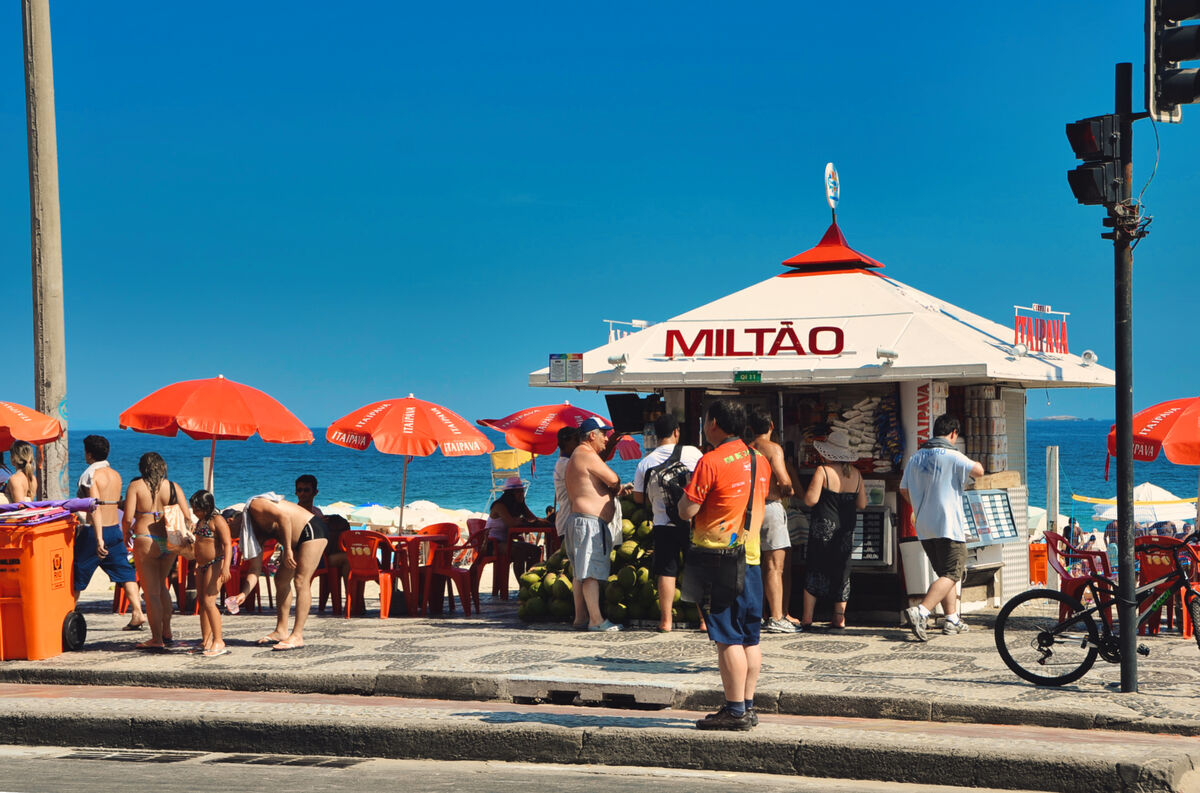
(Download)
Our hotel
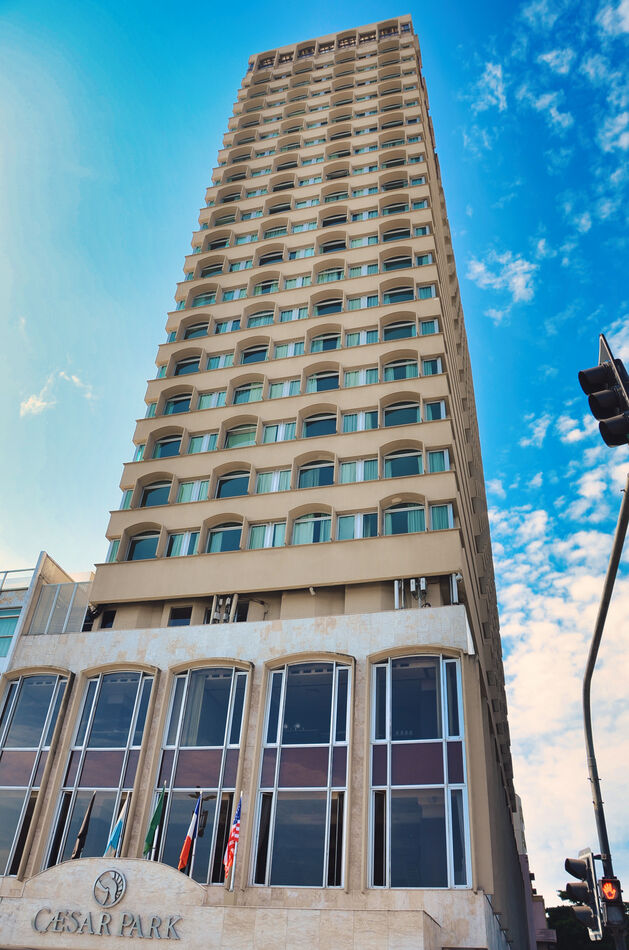
(Download)
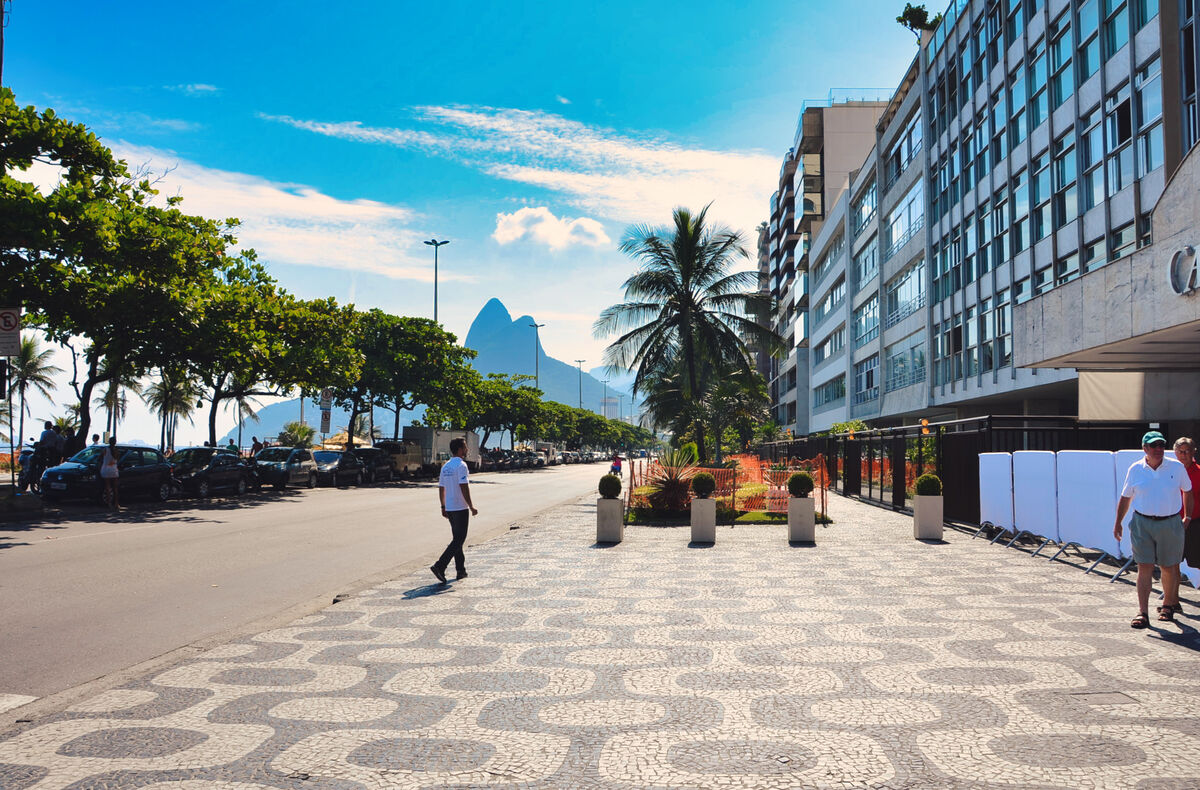
(Download)
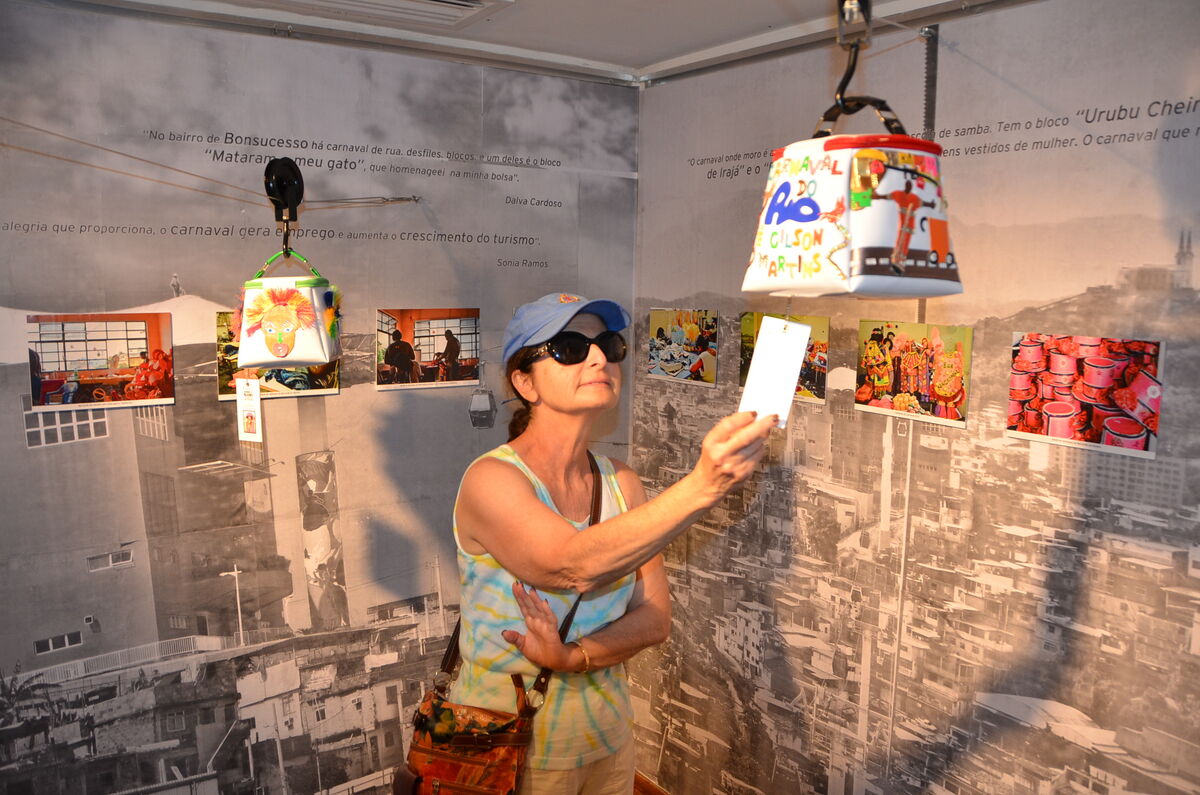
(Download)
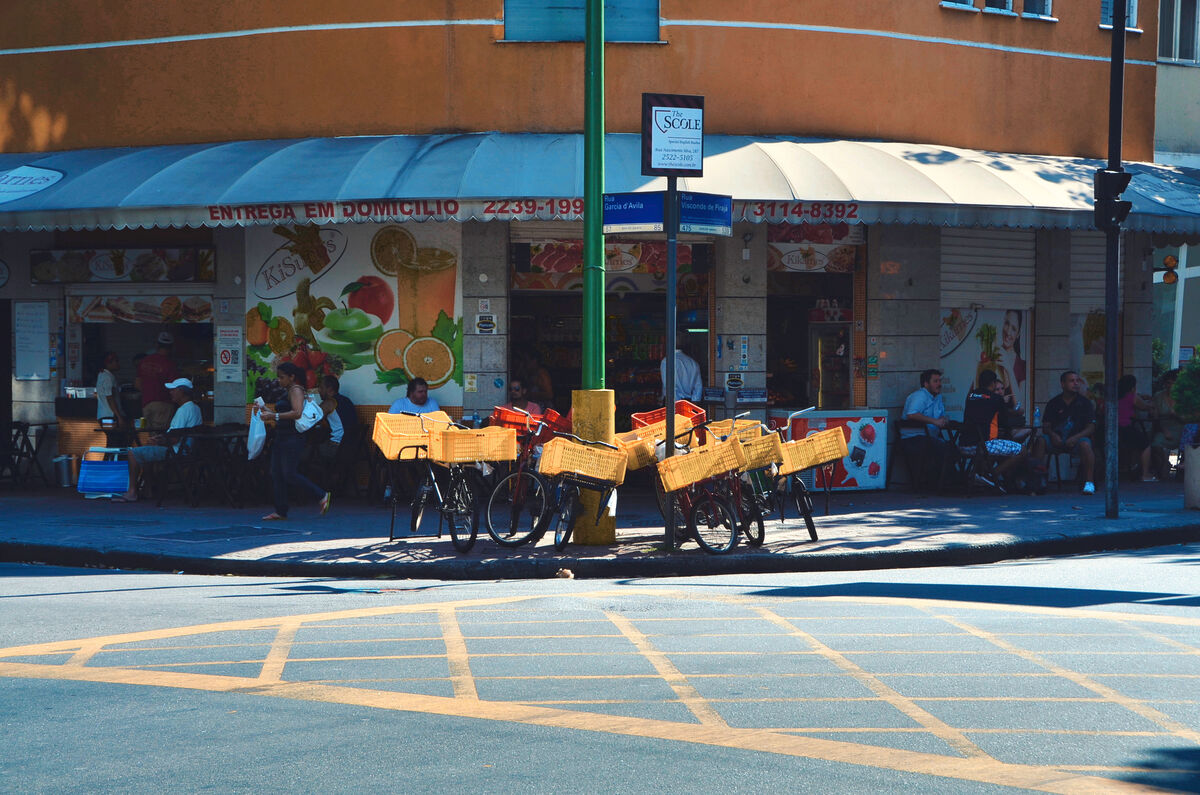
(Download)
View from our hotel room
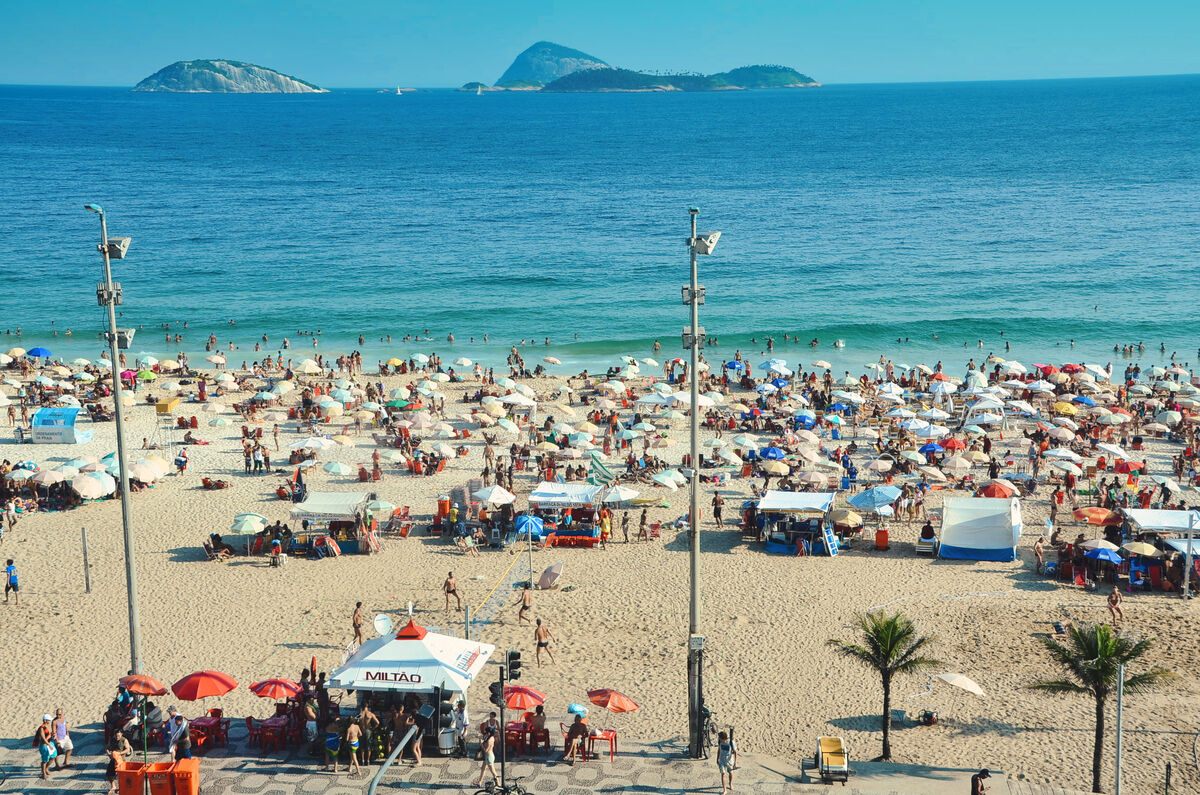
(Download)
Taken at 200mm
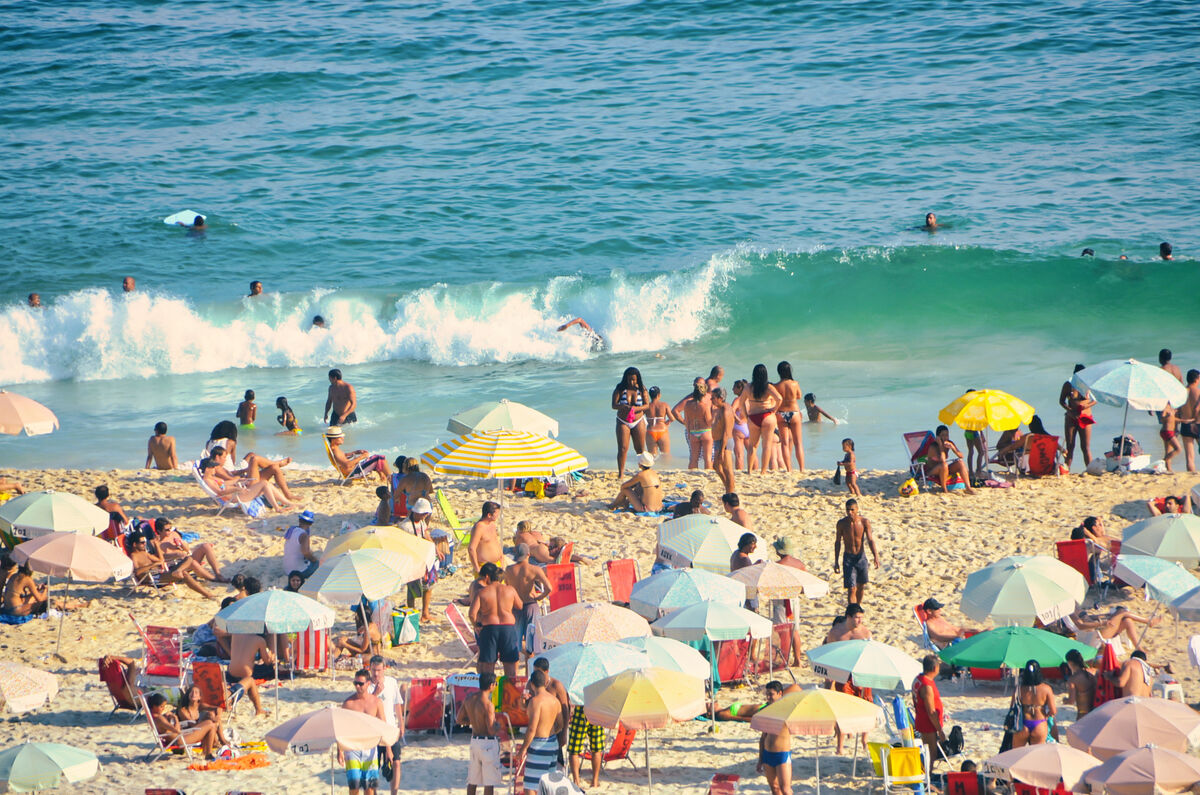
(Download)
Jul 6, 2022 15:03:41 #
Jul 6, 2022 16:44:29 #
Jul 6, 2022 17:33:02 #
srfmhg wrote:
After our morning excursion to Sugarloaf Mountain,... (show quote)
Breathtakingly, eye-catchingly beautiful shots
💛💙❤️🧡💚💜
Jul 6, 2022 17:45:40 #
angler wrote:
Excellent as always Mark.
Thanks so much Jim. I always appreciate your kind comments.
Jul 6, 2022 17:46:27 #
joecichjr wrote:
Breathtakingly, eye-catchingly beautiful shots
💛💙❤️🧡💚💜
💛💙❤️🧡💚💜
Thanks very much Joe. I'm glad you liked them.
Jul 6, 2022 18:09:57 #
Jul 6, 2022 23:04:17 #
UTMike wrote:
Beautiful set with a strong start, Mark!
Thanks very much Mike. I was humming the tune while posting!
Jul 6, 2022 23:08:20 #
Jul 7, 2022 05:54:42 #
Jul 7, 2022 06:29:30 #
Jul 7, 2022 06:51:10 #
srfmhg wrote:
After our morning excursion to Sugarloaf Mountain,... (show quote)
Nice pictures. I see your wife is looking at the price tag. A habit I wish I could get my wife to start.
Jul 7, 2022 08:09:52 #
Jul 7, 2022 08:26:58 #
Jul 7, 2022 08:34:44 #
If you want to reply, then register here. Registration is free and your account is created instantly, so you can post right away.

